What Is the Procedure of Hydrocele Surgery?
Fertility Treatment
A hydrocele is a fluid sac that surrounds and oppresses the testicles and lowers the blood circulation in the testes. Although hydrocele is usually painless and causes no health-related consequences, sometimes it can lead to sexual dysfunction and infertility; therefore, it must be treated as soon as it is diagnosed. This article explores different aspects of hydrocele surgery and answers some of your frequently asked questions.
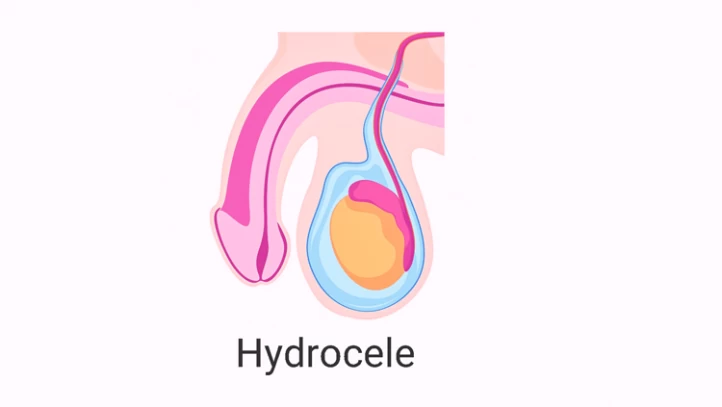
What Is Hydrocelectomy?
Hydrocele testis refers to the accumulation of fluid in the scrotum sac. In babies, hydrocele goes away independently as the body absorbs the fluid, but it needs surgical treatment in adults. Hydrocele surgery, or hydrocelectomy and hydrocele repair, is an inpatient operation to minimize the scrotum's swelling and discomfort. During this surgery, the fluid surrounding the testicles is drained, and the scrotum returns to its standard size.
How Is Hydrocele Diagnosed?
Hydrocele diagnosis is easy and can be done by physical examination and simple medical tests. To diagnose this disease, first, the urologist applies pressure on the scrotum and stomach to find the location of swelling in the testicles or hernia. After that, the patient must take a few blood and urine tests to check for the infection. In some cases, also the doctor may ask him to take an ultrasonic image of his testicles to find the source of swelling in the scrotum.
It is noteworthy that hydrocele is also very common in babies; to diagnose hydrocele in baby boys, the doctor usually shines a light on the scrotum to find out if there is a clear fluid around his testicles.

Hydrocele Surgery Types and Procedure
Open surgery
If you have a hernia and hydrocele simultaneously, the doctor performs the standard surgery to treat both simultaneously. Standard hydrocele surgery is mainly performed under general anesthesia, which means you will be completely unconscious during the operation and can only breathe through a tube inserted in your throat. To drain the fluid from your scrotum, the surgeon makes a tiny incision on the skin and uses a suction device to remove the fluid from the testicle sac. Then, the incision is delicately sutured, and the testicles are wrapped in a bandage. The standard hydrocelectomy is considered a major operation, and you must stay a night at the hospital.
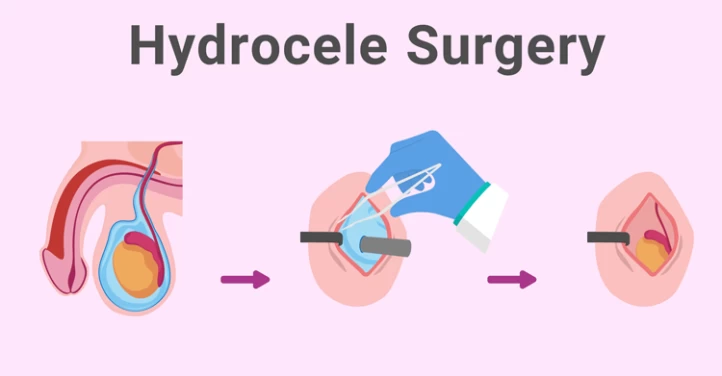
Laparoscopy surgery
Hydrocele repair surgery can also be done laparoscopically. This method is less invasive and can be done under general and local anesthesia. In laparoscopic hydrocelectomy, the surgeon makes a small cut on the skin of the scrotum and inserts a tiny tube with a tiny camera into the incision to see the inside of the scrotum and drain the fluid simultaneously. This method is minimally invasive, so you can go home a few hours after the operation.
In both techniques, the surgeon probably places a tiny silicone tube in the incision and stitches it into place. This tube is necessary to drain excess blood and fluid from the testicle sac.
Preparing for Hydrocele Surgery
If your doctor has diagnosed hydrocele and suggested hydrocelectomy, you need to consider the following points before your operation:
- Take note of your symptoms and how long they have lasted;
- Make a detailed list of all medicines, vitamins, and dietary supplements you have taken for your disease. Make sure to include the doses of the medications as well;
- Take the ordered blood and urine tests so that your doctor can check for an infection in your blood;
- Provide a list of your personal and medical information. The list should contain the medications you take, your allergies, previous surgeries, recent life changes, and health-threatening diseases that you had in the last 5 years;
- If you have had herbal teas or supplements, inform your doctor before the operation, as some of these drugs interfere with anesthetics and may cause blood clotting issues after the procedure;
- Avoid taking blood thinners such as aspirin, warfarin, ibuprofen, and clopidogrel for two weeks before the operation;
- Ask your doctor if you have to be on an empty stomach on the day of the surgery;
- On the day of the operation, shave your genital area and wash your scrotum with alcohol-free soap to reduce the risk of infection.
In addition to the mentioned points, you can ask the following questions from your surgeon before the hydrocele repair surgery:
- Is the surgery done under general or local anesthesia?
- What are the hydrocele surgery complications?
- How long does the surgery take?
- How many days should I take off from work?
- Will the symptoms go away completely after the surgery?
- Is there any alternative to this surgery?
What to Expect After Hydrocele Repair?
After hydrocele repair, you probably experience mild pain, swelling, and a burning sensation in your scrotum. As the surgeon bandages your testicles right after the surgery, they may be itchy, but it is highly recommended not to touch the operated area as your incision may bleed. If your surgery has been done under general anesthesia, you may feel dizzy, nauseous, and have a headache for a couple of days following the operation, which is completely normal.
Hydrocele Surgery Recovery
Hydrocele surgery recovery time varies for each individual as each body reacts differently to the operation. Most patients can return to work once the drains are removed from their scrotum, i.e., two or three days after the surgery. To have a more comfortable recovery period after hydrocelectomy, consider the following points:
- Schedule a follow-up appointment a week after the surgery so that your doctor can check your incision;
- Check for the possible signs of infection, such as pus coming out of the incision or high fever;
- Stay hydrated and maintain a healthy diet while you are being recovered;
- If you have excessive swelling, apply cold packs for 10 to 15 minutes a day on the scrotum;
- Avoid taking a shower until your bandages and tube are removed;
- Refrain from taking a bath or using the swimming pool and hot tub until your doctor allows you to;
- Do not have sex for two to four weeks;
- Do not lift, push, or pull heavy objects;
- Avoid doing vigorous exercises such as weight lifting, wrestling, swimming, biking, etc.;
- Avoid driving if you are taking strong painkillers every day;
- Keep your incision dry and clean to prevent the infection;
- Do not use public toilets as much as you can.
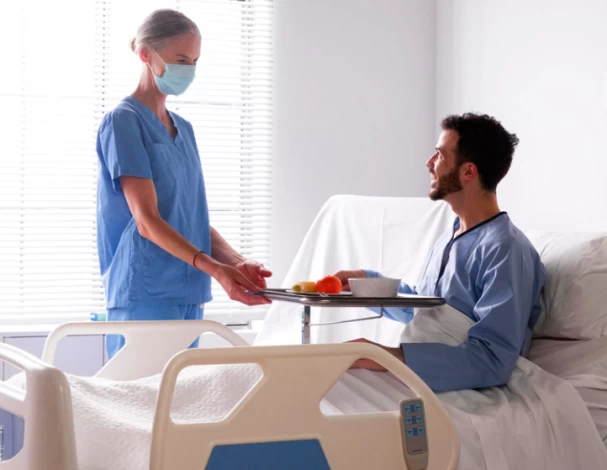
Testicle Size after Hydrocele Surgery
Hydroceles can affect the width and height of the testicles and make them look and feel bulgy and bigger than normal. In children, the hydrocele goes away on its own by age two, and the testicles shrink back to their normal size. However, in adults, the hydrocele only goes away by surgical treatment, and it takes two to three weeks for the testicles and groin to return to their normal shape and size.
Hydrocelectomy Risks and Side Effects
Usually, hydrocelectomy doesn't have serious risks and side effects, but some patients may experience one or more of the following complications after the surgery:
- Anesthesia side effects such as nausea, vomiting, headache, and drowsiness;
- Swelling and bruising;
- Mild to severe pain in the lower abdomen and scrotum;
- Infection;
- Hematoma;
- Scarring;
- Recurrence of the fluid sac;
- Numbness of the scrotum;
- Having saggy skin due to the shrinkage of the scrotum;
- Excessive bleeding and
- Damage to the testicle tissues and nerves affects fertility.
It is worth mentioning that infection is the most severe complication of hydrocele repair surgery, so you must be aware of its signs. The main symptoms of infection are heat in the surgical site, redness of the incisions that last for a long time, smelly discharges coming out of the wound, increased pain that OTC painkillers, fever, and increased inflammation cannot control.
When Is Hydrocelectomy Needed?
Fortunately, hydrocele doesn't require surgical treatment in many cases and will subside within six months. Mild hydroceles can mostly be treated just by taking anti-inflammatory pain relievers. However, if the patient is above the age of 3 and has the following symptoms, he needs a hydrocele operation:
- Having swollen testicles for more than six months;
- Having pain in one or both testicles;
- Feeling heaviness and pressure in the scrotum;
- Feeling severe pain in the scrotum when exercising or lifting heavy objects;
- Not being able to conceive naturally after one year of trying;
- Having painful ejaculation or seeing blood in the semen;
- Frequent urgent to pee or having painful urination; and
- Having a history of prostate or infection of urinary tracts.
Alternatives to Hydrocele Surgery
If the hydrocele is medium-sized, the doctor drains the fluid by inserting a needle into the sac. Then, a chemical solution is injected into the scrotum to reduce the blood flow in this area and prevent the formation of a hydrocele in the future. This operation is done under topical anesthesia and is usually performed at a doctor's clinic. However, the only long-lasting treatment for hydrocele is surgical treatment, as it has the lowest recurrence rate.
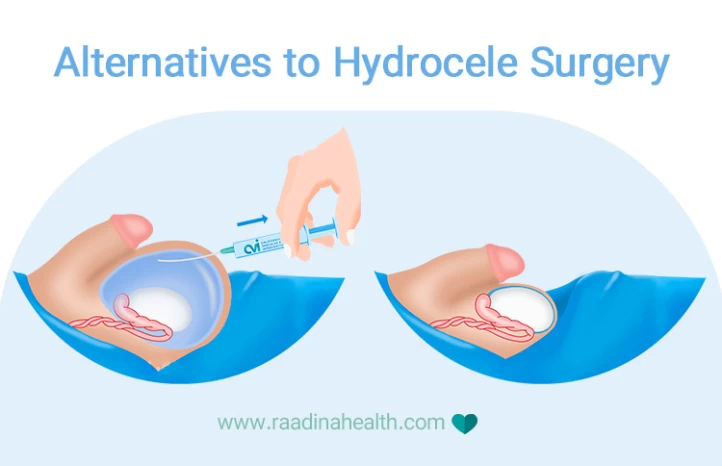
When Should I See My Healthcare Provider After Hydrocelectomy?
You need to book an appointment with your surgeon a week after the operation so that he/she can check your incisions, stitches, and scrotum condition. Usually, the surgeons remove the stitches and drainage tubes on the first follow-up appointment after the hydrocelectomy.
If you (or your child) have faced heavy bleeding, signs of infection, smelly or green discharges, abnormal pain in the lower abdomen and scrotum, fever higher than 38 Celsius, and increasing swelling after your operation, contact your doctor immediately.
FAQs About Hydrocele Surgery
1) Is hydrocele surgery a risky procedure?
Hydrocele repair is a relatively safe procedure with a low risk and side effects rate. However, the number and severity of complications may vary from one person to another.
2) How long does a hydrocelectomy take?
The standard hydrocelectomy takes 60 to 80 minutes, while the laparoscopic one takes only 30 minutes.
3) How long after hydrocele repair can I get back to work?
Most people can return to work or school within a few days, but if you have a physically demanding job or cannot sit down for a long time (due to pain), you must stay home for seven to ten days following the surgery.
4) How painful is hydrocelectomy?
Generally, hydrocelectomy is not considered a painful procedure; you can manage your soreness by taking regular pain relievers.
5) Does hydrocele come back after surgical treatment?
Yes, there is always a possibility that hydrocele comes back, even after the surgical treatment.
6) What happens if you don't fix a hydrocele?
Usually, the hydrocele goes away on its own within six to 12 months. But if surgery is needed to fix a hydrocele and you don't get it, it can lead to inguinal hernia and infertility.
7) How long after hydrocele surgery can you ejaculate?
The exact time you should wait before ejaculating depends on the size of your fluid sac and the technique of your operation. On average, you should wait three to five weeks before ejaculating as it takes time for the swelling to go down and for the incisions to heal.


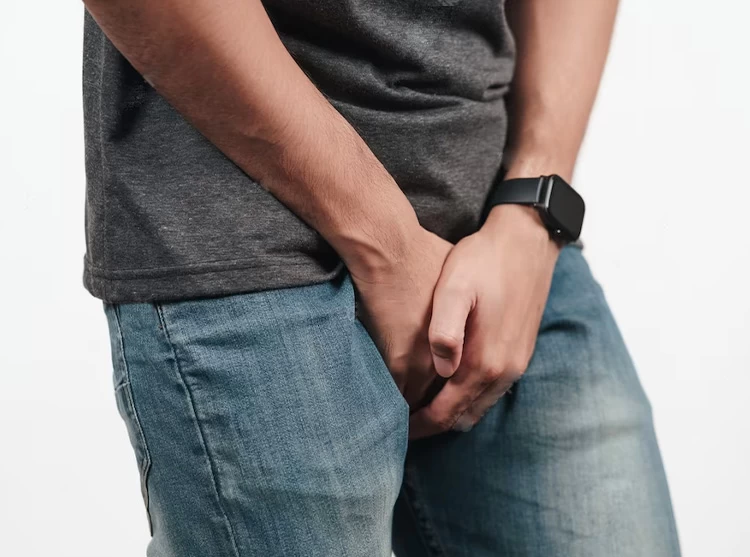

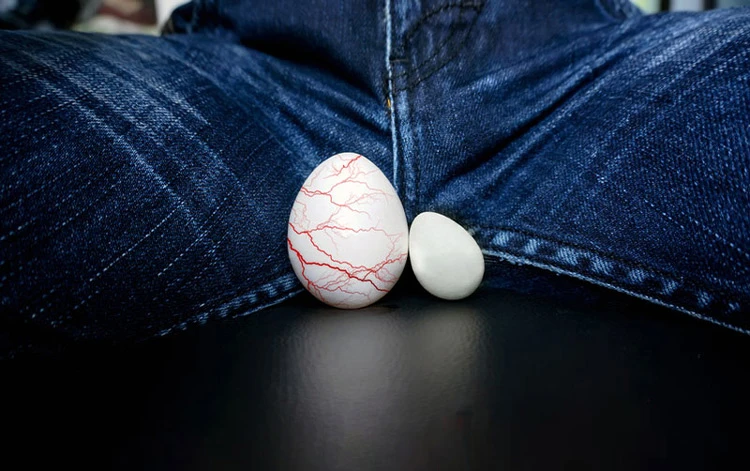

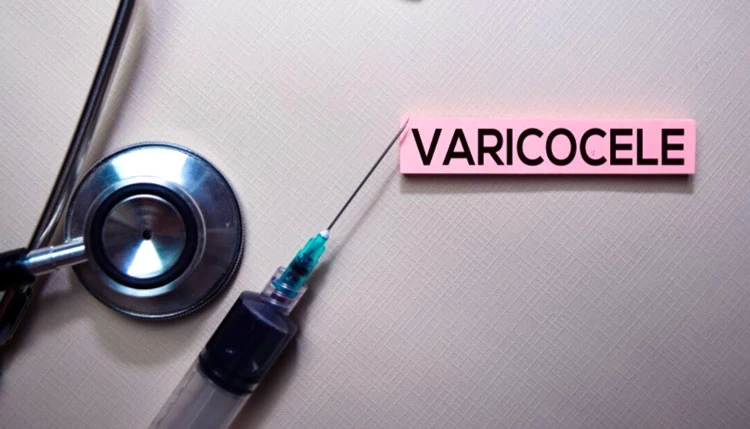




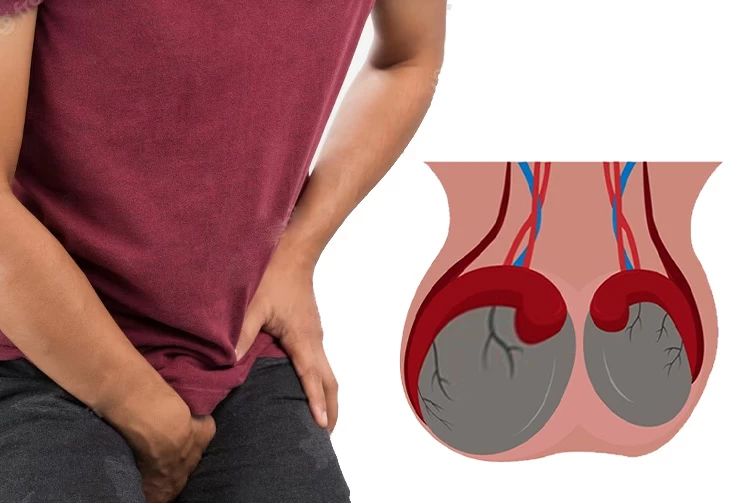

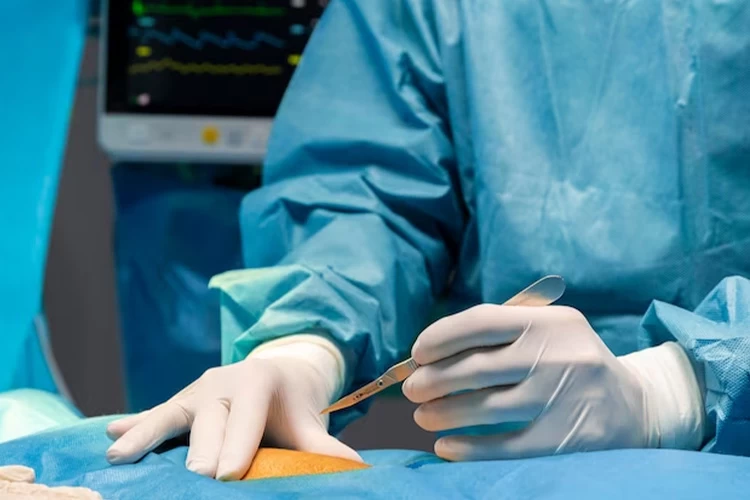
No reviews
Your comment